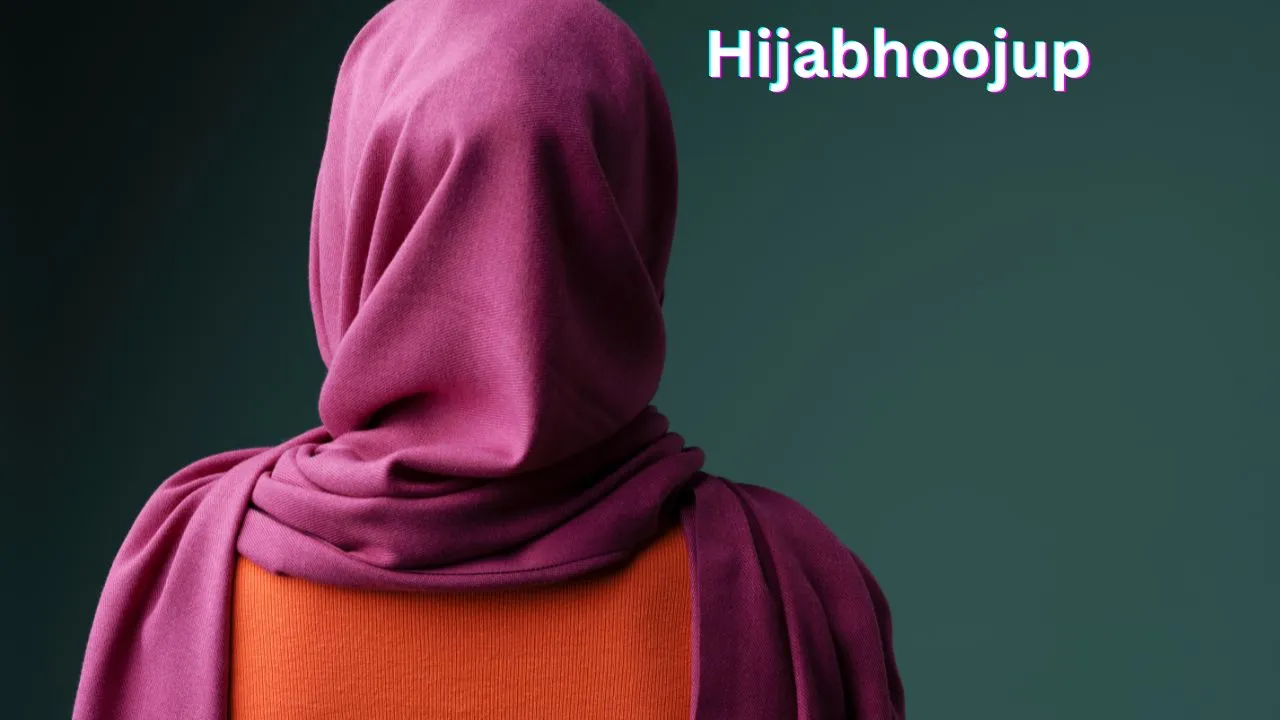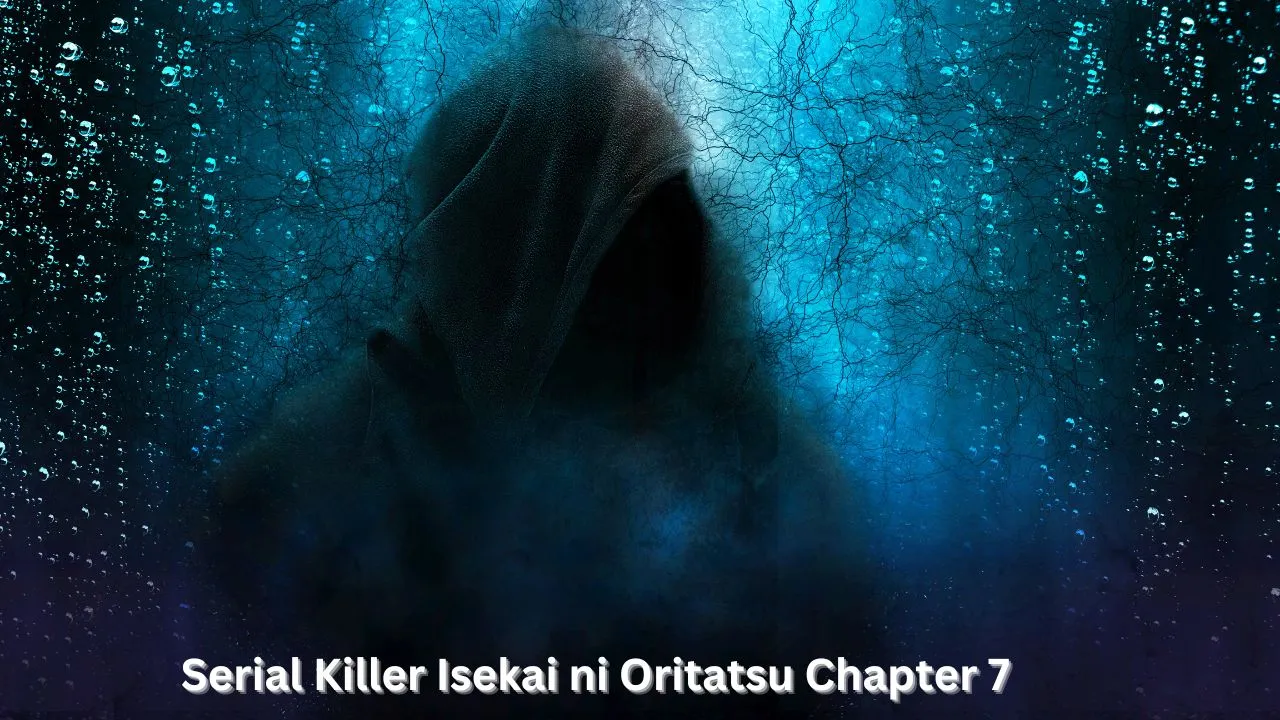Introduction
Hijabhoojup, a blend of cultural grace and modern fashion, represents the timeless appeal of traditional attire. Understanding its cultural roots and styling possibilities can deepen our appreciation and broaden our fashion choices. This guide explores the rich heritage of Hijabhoojup and offers practical styling tips to incorporate it into contemporary wardrobes.
1. Understanding the Cultural Significance of Hijabhoojup
Hijabhoojup has deep historical roots, originating from ancient civilizations. Historically, it symbolized modesty and devotion, reflecting cultural and religious identities. Despite various influences over time, it has retained its core values. Today, Hijabhoojup is a symbol of devotion, cultural heritage, and personal expression.
In different societies, Hijabhoojup carries varying levels of importance, from daily wear to ceremonial attire. It’s more than just a piece of clothing; it’s a representation of cultural heritage and religious values. Modern wearers often face challenges and misconceptions, but they continue to uphold and celebrate this rich tradition.
2. Traditional and Modern Styling Tips for Hijabhoojup
Styling Hijabhoojup offers a mix of traditional and modern methods. Traditional styles are often simple and elegant, emphasizing modesty. For example, the classic wrap involves placing the Hijabhoojup over the head, pulling it under the chin, and letting the ends hang on the shoulders. This timeless style exudes grace and simplicity.
Modern styles introduce innovative techniques like the turban style. Here, the fabric is wrapped around the head and tied at the back, creating a sleek and fashionable look. This style blends contemporary fashion with cultural tradition, offering a versatile approach to Hijabhoojup styling. By combining traditional and modern styles, wearers can express their unique personalities and cultural pride.
3. Choosing the Right Fabric for Hijabhoojup
Selecting the appropriate fabric is essential for ensuring both comfort and style. In warmer climates, lightweight fabrics like chiffon, cotton, and bamboo are ideal. These fabrics are breathable and comfortable for everyday wear. For cooler temperatures, thicker fabrics like wool, pashmina, and jersey provide warmth and elegance.
Special occasions call for luxurious fabrics like silk and satin. These materials add a touch of sophistication and are perfect for formal events. To maintain the quality of the Hijabhoojup, proper care is essential. Washing and storing the fabric correctly will keep it looking fresh and new. By understanding the characteristics of different fabrics, wearers can choose the right one for various occasions and climates.
4. Accessorizing Your Hijabhoojup
Accessories can enhance the look of Hijabhoojup, adding elegance and personal flair. Popular accessories include brooches, pins, and earrings that complement the style and color of the Hijabhoojup. Matching accessories with outfits creates a cohesive and polished appearance. However, it’s important not to overdo it, as too many accessories can detract from the overall elegance.
Consider the occasion when choosing accessories. For formal events, choose understated, elegant pieces. For casual wear, you can be more playful with your choices. Scarves, headbands, and hats can also add layers and dimension to the Hijabhoojup. Thoughtful accessorizing elevates the Hijabhoojup, making it suitable for both casual and formal settings.
5. Practical Tips for Wearing Hijabhoojup Comfortably
Comfort is key when wearing Hijabhoojup, especially for long periods. Ensuring a secure fit helps prevent slippage and discomfort. Using undercaps or headbands can provide a stable base for the Hijabhoojup. Seasonal adjustments are also important; lightweight fabrics are ideal for summer, while thicker materials provide warmth in winter.
Select breathable fabrics and ensure proper ventilation for hot weather. Regularly adjusting the Hijabhoojup throughout the day can maintain its neat appearance and comfort. By prioritizing comfort, wearers can fully embrace the elegance of Hijabhoojup without compromising on ease.
6. Overcoming Stereotypes and Embracing Hijabhoojup
Hijabhoojup wearers often face stereotypes and misconceptions that can impact their daily lives. Addressing these challenges involves raising awareness and promoting cultural understanding. Sharing personal stories of empowerment can highlight the positive aspects of wearing Hijabhoojup and inspire others to embrace it.
Encouraging open dialogue about the cultural and religious significance of Hijabhoojup helps dispel myths and fosters a more inclusive environment. Embracing Hijabhoojup involves recognizing it as a symbol of individuality, cultural heritage, and strength. By celebrating its diversity and beauty, wearers can confidently navigate societal perceptions and promote a deeper appreciation for it.
Conclusion
In conclusion, Hijabhoojup is more than just a garment; it embodies cultural elegance, personal expression, and modern fashion. This guide has explored the historical roots, cultural significance, and versatile styling options of Hijabhoojup. By understanding its rich heritage and incorporating practical tips, wearers can celebrate and enhance their unique style.
Embracing Hijabhoojup involves a blend of tradition and contemporary trends, making it a timeless accessory that transcends cultural boundaries. As fashion trends evolve, Hijabhoojup remains a symbol of modern tolerance and cultural appreciation, offering endless possibilities for personal and stylish expression.





